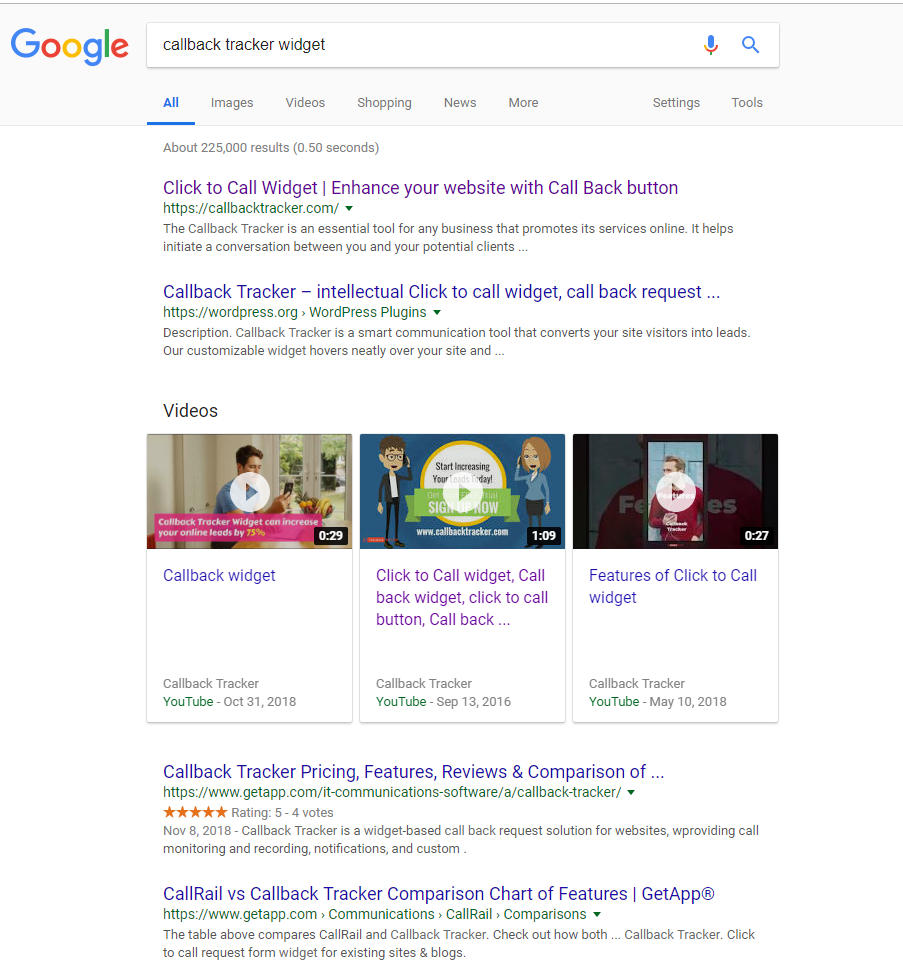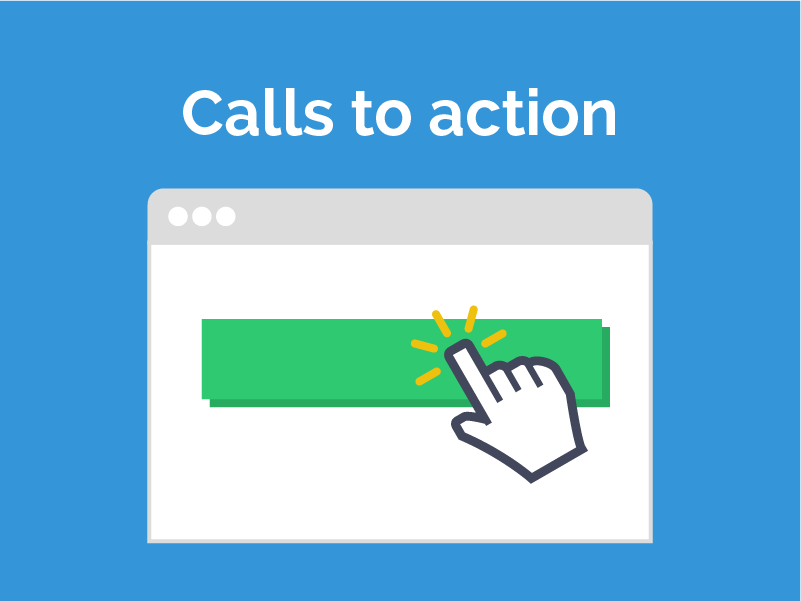How To Optimize PPC Campaigns
Optimizing your Pay Per Click campaigns to attain the highest converting result is a continuous process of specificity and optimizing. A “pay per click” advertisement is when you pay a fee each time one of your ads is clicked for the purpose of being seen, instead of letting visitors find you naturally, or organically. PPC campaigns are utilized when a business needs their listing to be at the forefront of searchers eyes, whether that’s on Google, or a niche specific site, it’s especially important for businesses that aren’t very well known, or are in high competition. There are three main methods of optimizing your PPC campaigns to make sure your ads are successful, and get the highest returns!
1. Create a great outline
It’s important to know what your business is trying to accomplish before starting PPC ads. What service does your business provide, and for whom is it intended for? This determines how, what kind, and where you use. Restaurants may very well advertise on something like Yelp, but that won’t be a suitable venue for a software company that would attain results where people might be searching. It’s important to value your audience accordingly. The next step is to realize your target market. Who is searching for your product/ service, and where would they go to do so. The best way to find out is to search for it yourself with something like, “callback tracker widget” and see what results come up.

Here you can see the third result is from GetApp, a website where you can review, compare and evaluate small business software. Other times, your best bet will simply be utilizing Google Ads, which usually pop up at the top the search results.

2. Targeting with the right keywords
It’s important to use the right keywords so that people can find your product. Keywords are the words and phrases you use to describe your product, and it’s simultaneously the words that people use to search for your product. Keeping these two things in mind, make sure to always think like the people who would use your products. So that you don’t go in blind, do some research. When advertising on Google, or just about anything, use “Google Trends,” “Google Keyword Planner,” and even “Google Search.”
What about ad copy? The principles are the same. Make sure to answer the main questions visitors might have about your product, and look at your competition, making sure you’re using the right keywords, and doing more.

3. Utilize a Call To Action (CTA)
Using a CTA on your site that will allow visitors to turn into leads and customers. As discussed in an earlier blog, (read here), a call to action is a piece of content such as, an image or text, that prompts your visitors to “take an action” on your page.
When visitors get on your webpage, they are looking for something to get their attention. Without any actions for them to take, they will simply leave your site and forget about it! That’s the last thing any company wants for their visitors. It’s important to get your visitors to perform an action that will get you in touch with them, provide them with valuable information, receive their contact details, get them to purchase something.
A great CTA would be to use a “Callback Widget”, that let’s your visitors initiate a conversation between you and your potential clients, and makes sure that they won’t leave without a way for them to connect with you again later.
Optimize and retarget your ads constantly, trying to find the best audience/ keyword combination as you go. To better track your results, use an UTM Code generator so that you know exactly where your traffic is coming from. Find the right place to use PPC ads, research the best keywords, and utilize a call-to-action to convert your visitors into your customers.